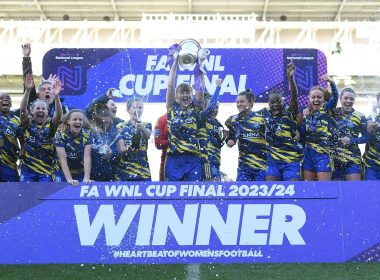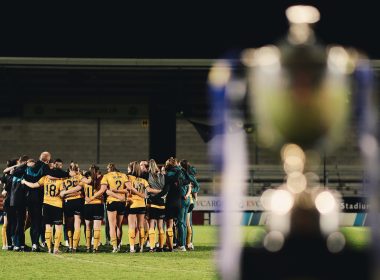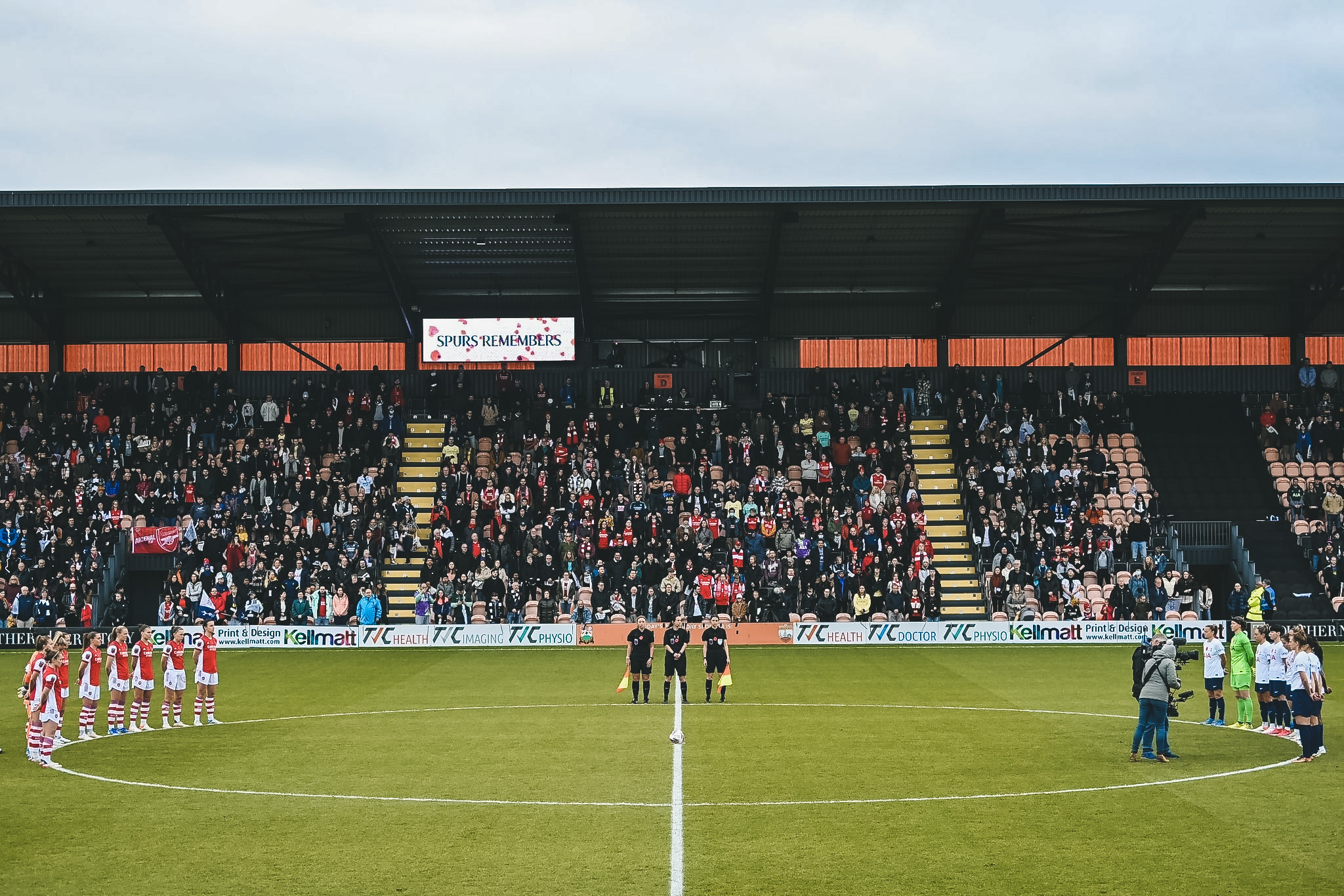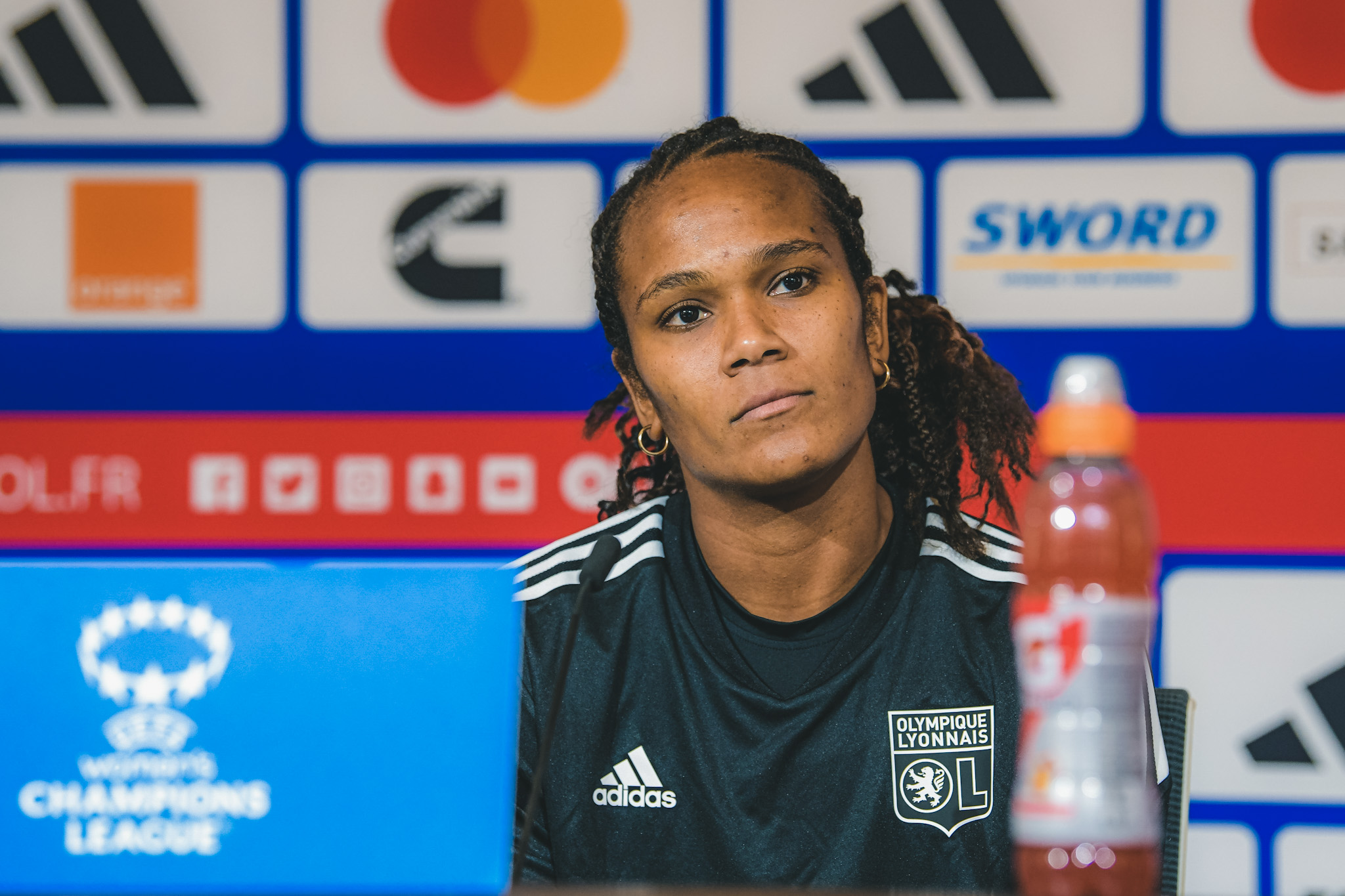The results of the review into the state of women’s football in England, chaired by Karen Carney, have now been shared publicly in a 128-page report. After fully reviewing the findings, the main takeaways are very positive. Not that much of it was rocket science, I am sure many of us could have come to the same conclusions over a few drinks.
It should be recognised that this report could have been delayed and dragged out but the team behind it did a great job in ensuring that the comprehensive report was delivered in a relatively short time period given the complexity of the subject matter.
The process included meeting with a wide variety of stakeholders within women’s football. I was fortunate enough to be part of a delegation of Football Supporters Association (FSA) Women’s Game Network members who met with Karen.
Karen was brilliant, she was respectful, attentive and I believe that throughout this process she has had the best intentions for the whole of the women’s football pyramid.
Deborah Dilworth, the FSA’s head of women’s football, said: “We know supporters should be seen as meaningful stakeholders, and that they are key to the growth and development of the game, so we are grateful to Karen for the work she has done during this review.”
It took me about seventy minutes in total to read the report in full, and I did so with my five-week-old son Miles asleep on my chest. This one is definitely more of a sleeper than my first born and I am very appreciative of that.
I support all of the recommendations and while the report will leave us all with some questions on how it could all be implemented, I am pleased that it covered the main points that I would have wanted, including financial investment across all aspects of the game with a focus on player welfare, fan experience and increasing participation for under-represented ethnic groups.
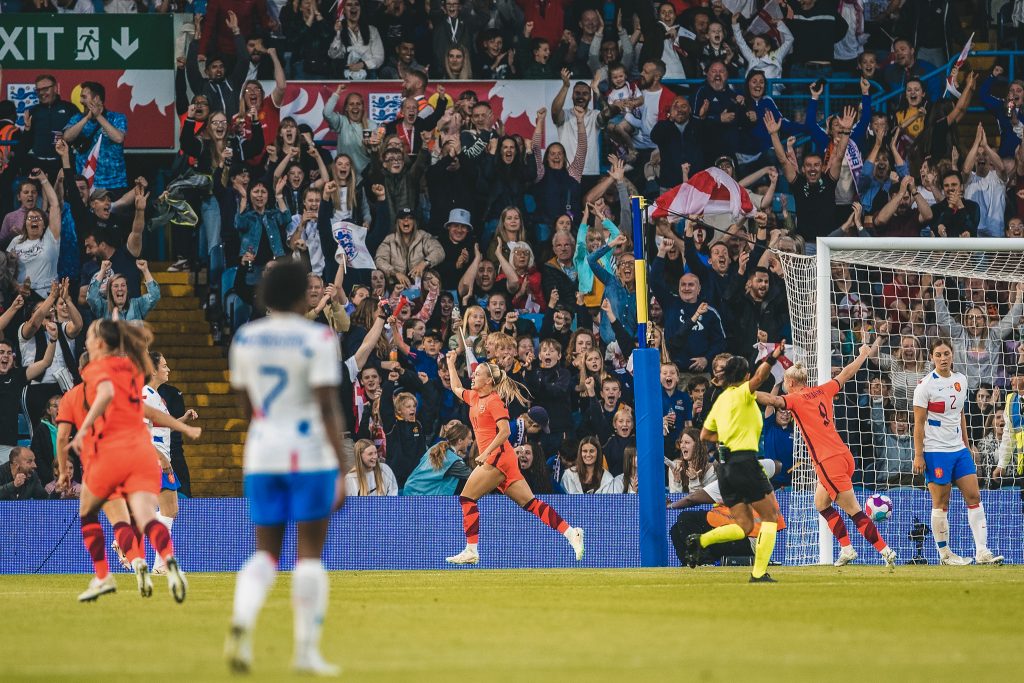
You can read it yourself in full here but if you don’t have a spare hour then hopefully my main take aways will be enough.
The first recommendation centres on generating an environment that maximises investment opportunities, leading to women’s football becoming sustainable and avoiding the model of the men’s game, which runs on significant losses but where the overall growth in value of the asset renders this tolerable. We are all acutely aware of how reliant many teams are on funding from the men’s team and are vulnerable should anything bad happen to the men’s team, so this is welcome news.
Prior to the report being released, there were conversations about closing the Barclays Women’s Super League (WSL), meaning there would be no relegation. The logic is that it would encourage investment at the elite level. Fortunately, the report sees sense and goes on to explain that, “promotion and relegation between tiers create jeopardy and extends interest throughout a season, and can help to create stories and a narrative which are of interest to fans and the media, increasing the commercial value of the competition. Promotion and relegation also create additional value below the top tier – it provides an incentive for teams in the division below to invest and target promotion and a reward for success.”
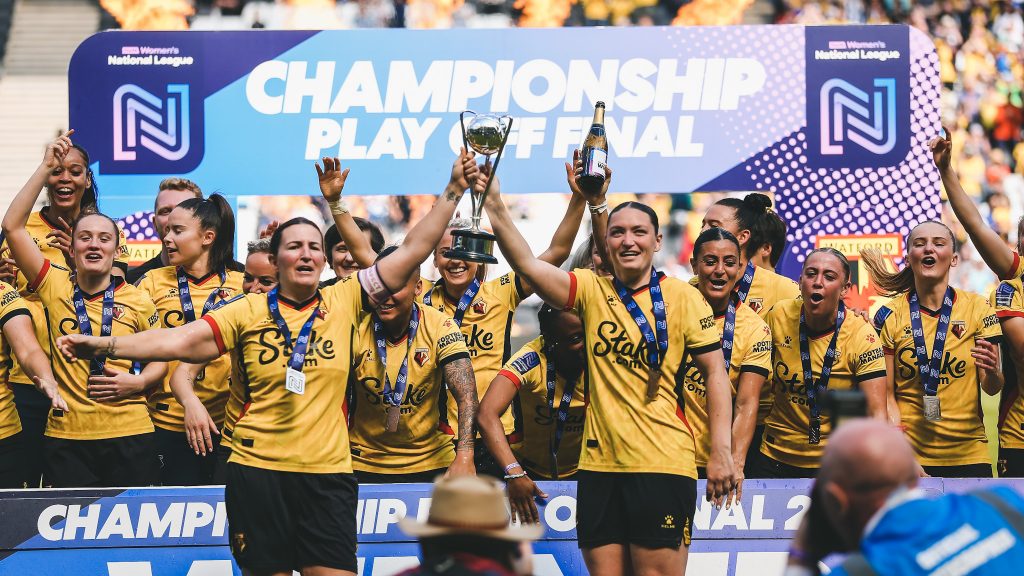
The report recognises women’s team’s reliance on their male counterparts, suggesting that there should be a clear commitment for funding to be honoured if it is included as part of annual business plans in order to protect women’s teams against potential financial shocks and unexpected events.
To enable the continued professionalisation of the league, to further improve the on pitch product, and unlock increasing revenue streams, a series of uplifts to minimum standards was recommended across the review.
Teams themselves have pointed to this as an urgent area for attention; in their submission to the review’s call for evidence, one WSL club stated that “In order to enhance the availability, access and quality of medical care across Women’s Football, there is a requirement to develop enhanced minimum standards across all levels of professional football, which is regulated and reviewed on a consistent basis”.
These uplifts will in places come at a significant cost to clubs, however, the review deems these uplifts necessary to ensure that players and staff have access to the elite standard of professional infrastructure that they deserve.
The review recognises that whilst some of these uplifts could be implemented at pace, others will need to be phased in over time. In order to allow clubs to adapt to, and financially plan for, uplifts with a cost implication, the review will recommend phasing in those recommendations most likely to have a material cost to the majority of clubs – an indication of estimated costs and phasing is outlined in the conclusion of the report.
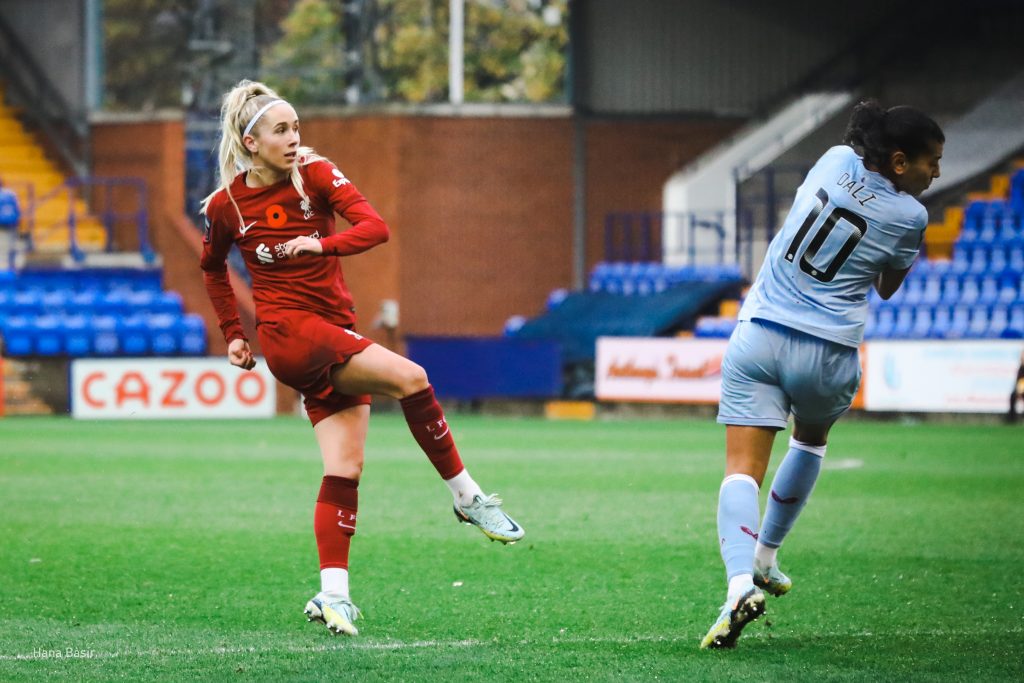
Regular followers of Since 71 will know that we have quite passionately argued for an increase in Women’s FA Cup prize money. Off the back of England’s Euro triumph, the FA announced a significant uplift in the prize money within the Women’s FA Cup competition with the total fund increasing from £430,000 to just under £3m.
This uplift was welcomed by clubs within the women’s game and is a step in the right direction. This made a huge difference to grassroots, non-professional clubs. However, even with this uplift, there remains a clear disparity in comparison to the prize fund in the men’s competition, which was also increased last year and currently sits at nearly £20m.
Given that the FA is supposed to be a not-for-profit organisation, the review agrees that “equalising the prize money in the FA Cup is something the FA is in the position to address, and would send a powerful message on equality.”
The report adds, “While ultimately equalisation of FA Cup prize money should be the ambition, a simple aggregation and equal split of funds is problematic – the different competitions have differing cost bases, a different number of teams participating and a different number of rounds.”

“However, working towards a distribution of prize funds which benefits a greater number of teams, in tandem with the overall projected commercial trajectory of the women’s game as a whole, is an important step for the FA to work through with the new governing body; this should be underpinned by a clear commitment to equalising prize money as soon as is feasible.”
“It is clear that the competition prize fund allocated to the men’s and women’s game are worlds apart, and the revenue generated by the men’s competition is growing much faster than the women’s game, as reflected in the most recent round of prize pot increases. This Review sees an opportunity for the FA to redirect some of its men’s prize pot growth into the women’s prize pot in the form of solidarity funding.”
“This offers a route to quicker growth of the women’s prize pot without taking away large chunks of existing prize money from the men’s competition. Relatively modest increases in distributable income will allow some WC clubs to embrace minimum standards uplifts without facing existential risk.”
Other sports are making public commitments in this area – such as tennis, with the Women’s Tennis Association (WTA) recently committing to securing equal prize money at events where both men and women feature by 2027, in order to go further than their current provision of equal prize money at the four Grand Slams. As Lewes Football Club correctly states, A rising tide lifts all ships.
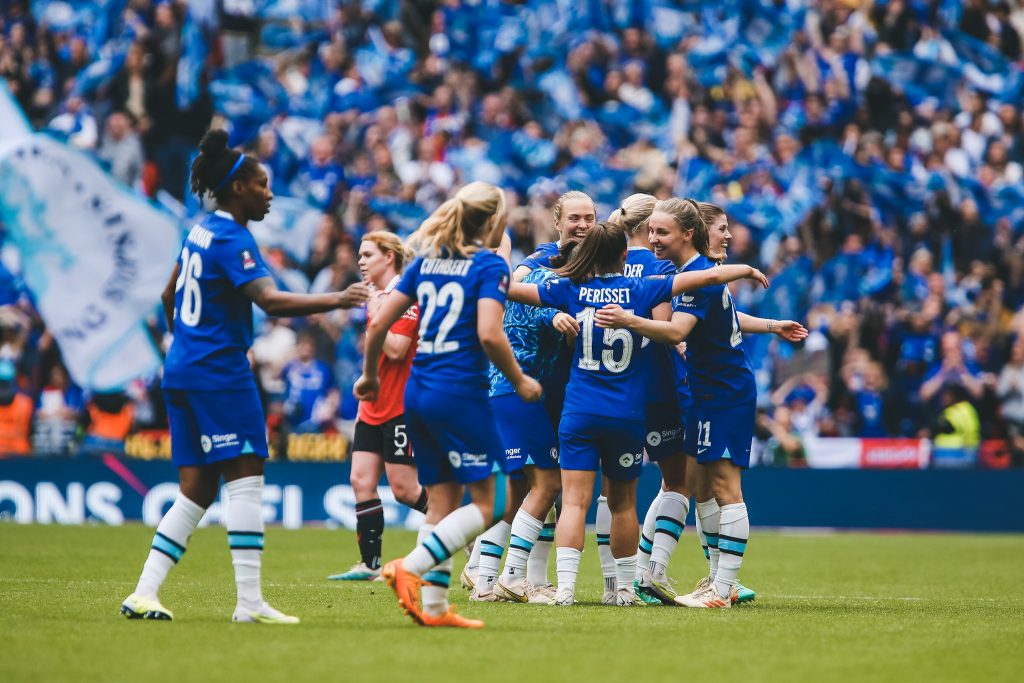
With lots of conversations around professionalism and semi-professional contracts but it is surprising how there is still a lack of access to many of the extra facilities and resources. Both the WSL and Women’s Championship (WC) should target fully professional environments designed to attract, develop and sustain the best playing talent in the world.
The WSL now has twelve fully professional teams. The WC is also made up of twelve teams and has a mix of semi-professional teams (where minimum contact time is lower and players are more likely to be working multiple jobs to support themselves) and professional teams. There also remains a mixture of team structure across the leagues – some of whom are affiliated to men’s teams and others who remain independent entities.
The Review has seen some positive examples, with some women’s teams starting to increase the use of shared club resources, and investing properly in elite training facilities and environments to provide a best-in-class experience for players. Brighton’s investment of £8.5m into a purpose-built training facility for the women’s team is an example of the facilities that can and should be offered to players playing professional football, including state-of-the-art training pitches, medical facilities, and recovery and gym areas.

However, unfortunately, the review heard instances where players in both leagues have referred to being treated “like second-class citizens” as opposed to elite athletes. Players highlighted that often “everything revolves around the schedules of the men’s teams”, with others noting the lack of parity in access to adequate medical provision and facilities such as gyms and swimming pools.
The latter is definitely something that commonly impacts semi-professional and grassroots clubs but those top divisions must lead the way on this and hopefully it follows as you move down the divisions.
To address inconsistent standards across the top two tiers of the women’s elite game, the review recommends that in the medium term, the minimum contact time between clubs and players in the WC should be increased. Minimum contact time is set by the FA, and baselines how many hours of contact a club should have with a player – this is a condition of licence, so clubs have to abide by it in order to be licensed to play in the top leagues.
Right now, Women’s Championship clubs only have to offer (and pay at minimum salary) 8 hours of contact time with a player per week, whereas clubs in the Women’s Super League have to offer a minimum of 20 hours of contact time with a player per week (excluding match days in both cases).
To balance the gap between minimum contact time between the leagues, the review recommends phasing in increased contact time for WC clubs on the same terms as the WSL did five years ago. This would mean an increase from 8 hours of minimum contact time as things stand to 16 from season 24/25, rising to 20 hours by season 27/28.
With the addition of bringing in a ‘salary floor.’ These already exist across international women’s leagues including Spain, Italy, the US and Australia, so there is precedent for the women’s game in England to draw on. For a sense of scale, the US currently has a salary floor of $36,400 (around £28,500) per annum per player.
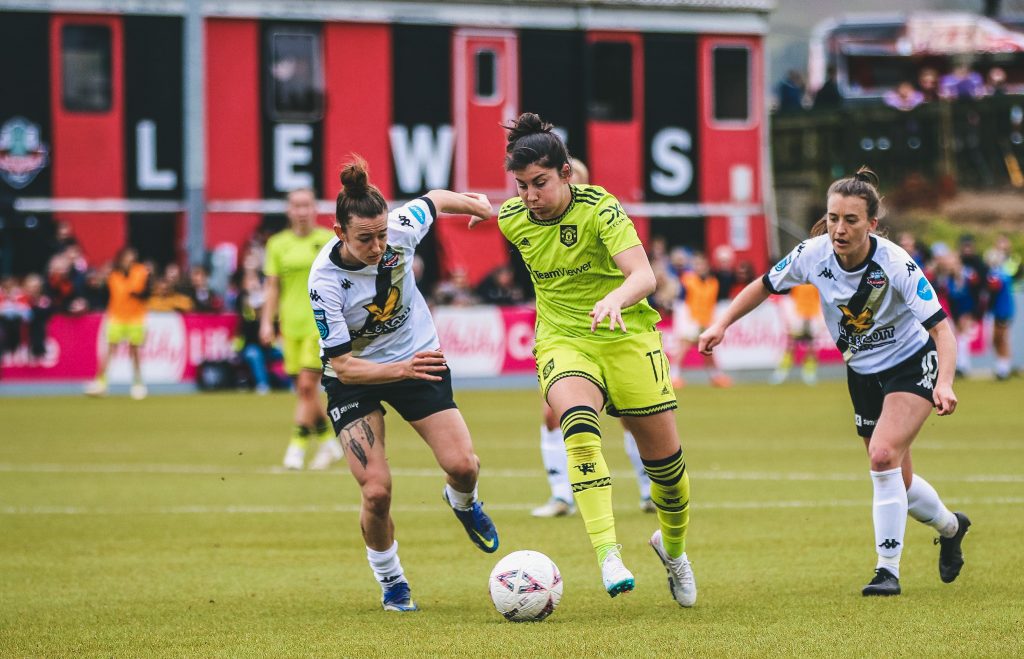
Many players in the WC spoke of having to balance playing football whilst working other jobs to support themselves. The report cites that due to the low number of mandated contracted hours in the WC, players could earn less than £5,000 a year from their football career, forcing them to supplement their income via other jobs. As a result, players’ nutrition, rest, and physical and mental well-being is often compromised.
The review states, “An increase in minimum contact time and the introduction of a salary
floor will enable players to become truly professional, and to maximise their performance on the pitch.” We are starting to see this bleed into the National League with clubs including, Nottingham Forest and Portsmouth recently introducing paid contracts for players. If we can get it right at the top of the pyramid, and soon, then this will expedite growth going down.
For clubs with access to the riches of Premier League and Football League then a move towards paying players is relatively inexpensive. For example, Nick from the Wolves Women Podcast shared that Wolverhampton Wanderers men paid appx 12 million pounds on agent fees last season, reducing that by 5% would bring in £600,000 for the women’s and girl’s.
Interestingly, in a recent Since 71 Twitter poll, 74% of players stated that they would welcome investment in better facilities and equipment over wages at this point.
https://twitter.com/Since71Blog/status/1672241177200939013
In addition to improved wages, there are also calls to protect those players going through the journey of becoming a parent, whether that be through conceiving naturally or through IVF. Players should be able to start a family during their careers and not have to retire early to do so.
The report says, “Enhancements to maternity provision for players were introduced for the 22/23 season which now mean a player going on maternity leave will be paid their full weekly wage, as well as any other remuneration and benefits for the first 14 weeks, before reverting to the applicable statutory rate.” Adding that this does not go far enough.
Melanie Leupolz publicly attributed her positive experiences of returning to play as stemming from having a manager in Emma Hayes who understood the importance of maternity care.
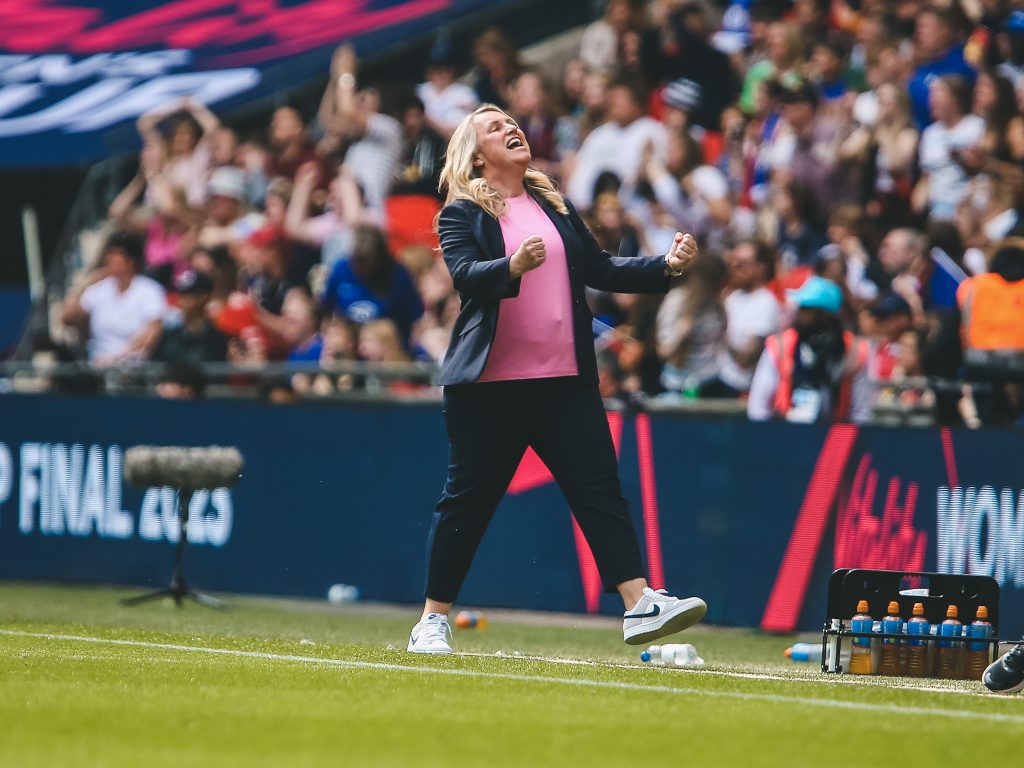
We have covered the issues of abuse within the women’s game in the past. Catherine and I discussed the issues within the NSWL back in October 2021. While Tom Hussey was joined on the Since 71 podcast by Catherine Paquette, Hannah Lichenstein and special guest, former Republic of Ireland footballer, Ciara McCormack. They discuss the ramifications of the abuse coming out within women’s football and how to tackle it.
It is sad to read that there are instances that were brought to light in researching the report. Carney writes, “Players voiced concern around a lack of independent routes for reporting issues outside of club structures.
“Individuals of concern being allowed back into the professional women’s game following investigations was a key issue identified by the Yates report, and US soccer has since recognised the need to mandate meaningful vetting of coaches and immediately disseminate outcomes where an investigation has taken place. The FA should note this reform and its focus on transparency, and ensure it addresses the risk of inappropriate individuals retaining roles within the women’s game.”
The report recommends introducing independent reporting mechanisms and that it is critical to empowering players in the game to raise any concerns, and should also fundamentally interact with formal union representation. I would go further to suggest that this should not be ring-fenced to unionised players within the WSL and WC. There should be something independent in place to protect all players whatever the gender and whatever the level.
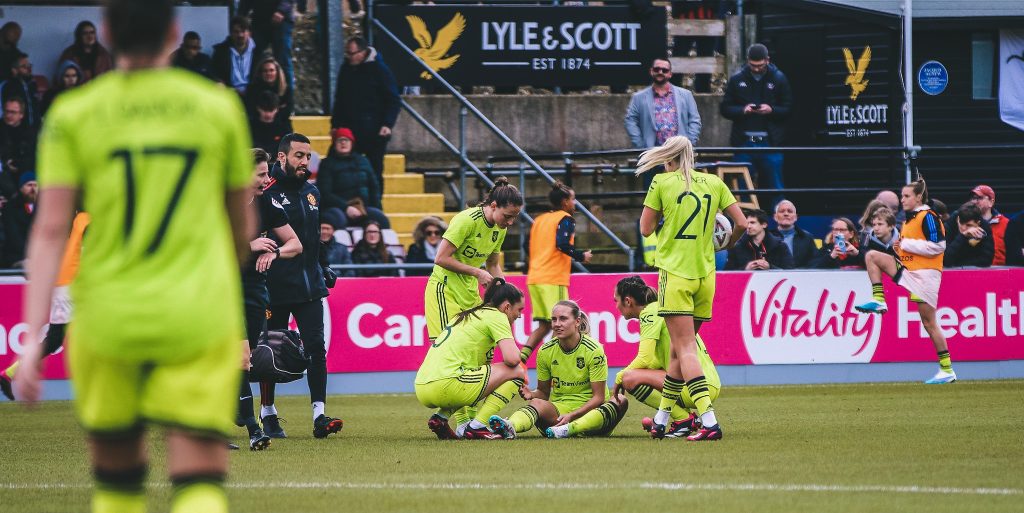
The biggest change recommended by the report which would be effect all stakeholders would be for the FA to hand over the administration of the top two tiers of women’s football to even more acutely focus on grassroots clubs and the Women’s National League.
“As the FA decouples its responsibility of running the professional women’s game, it will retain a critical role in stewarding the development of the rest of the women’s football pyramid.”
The review recognises the unique position of the National League’s third and fourth tier clubs, with there being a vast disparity between the teams across the divisions.
I believe that many of the clubs and the league itself are likely to look very different in the next three years. With increased investment, it must only be a matter of time before the third tier moves from northern and southern regional leagues into one division covering the whole of the country.
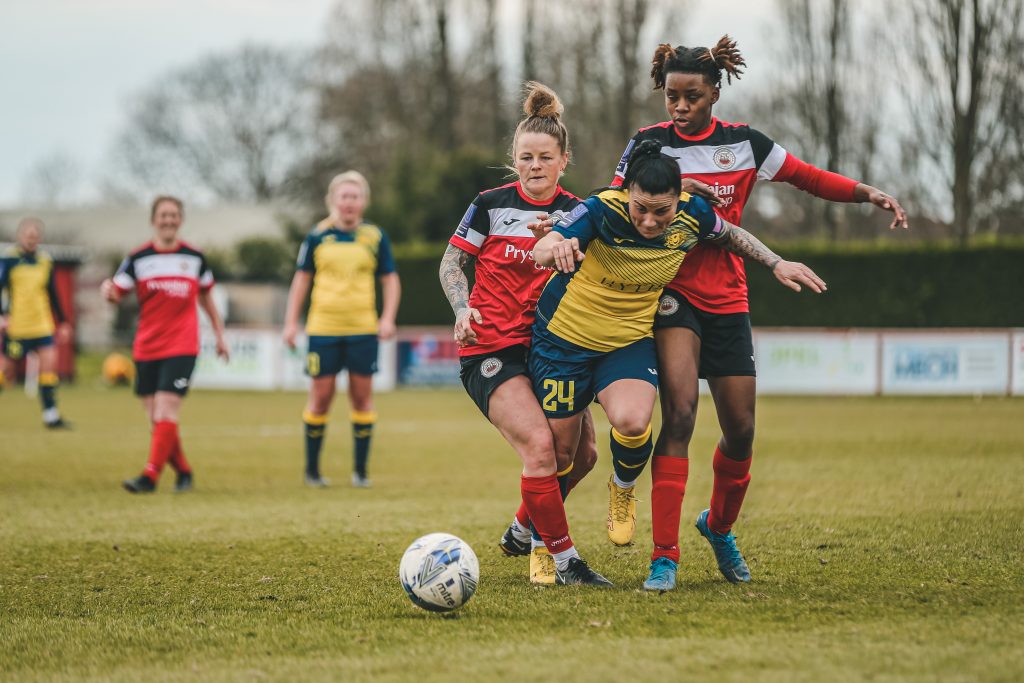
The issue of County Cups and fixture prioritisation was also brought up, showing me that Carney et al really did do their research. The report states, “The Women’s National League has raised challenges with external cup competitions often being disruptive to their standard league campaigns due to inconsistent cup competition formats and timelines, as well as varying rules around player eligibility.”
The Women’s National League has called for entry to County Cup competitions to become voluntary rather than mandatory and for the precedence of cup competitions to be amended to exclude tiers three and four, which would be consistent with the men’s game.
County Cups are a complex topic because they all look very different. Nick Andrews-Gauvain tackled this topic very well, summarising all of the challenges and solutions on how best to modernise the competitions. Personally, I would remove third-tier clubs but maybe not fourth-tier clubs.
How and when these recommendations are implemented is going to be interesting. In order to do so there has to be a will from those involved in the game to do so. Most of the recommendations will require money and there is money floating around the domestic game, so hopefully we will start to see more focus on women’s football. While we don’t like talking about football as a business, because it is more than that, everyone understands that if you invest more in one business than another then you are putting barriers in place which prevent the latter from growing and reaching its potential.



